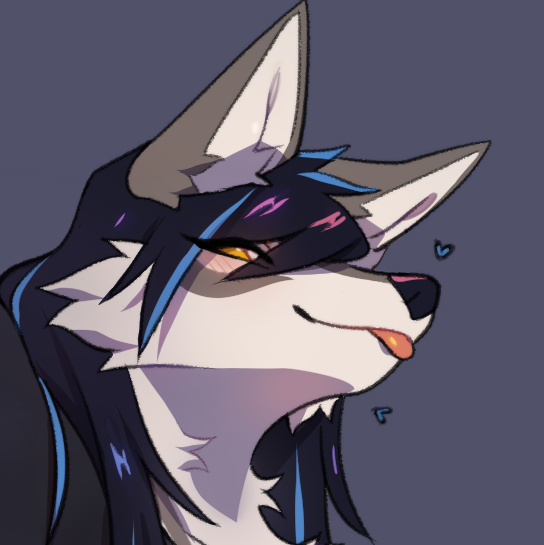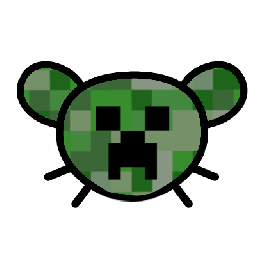

Gottem!! Thanks for including the 2nd pic.


Gottem!! Thanks for including the 2nd pic.
Lovely pictures! Your base looks nice :)


Huge congratulations to the successful move away from Fandom! R.I.P. Gamepedia, that was the 2nd best era of the Wiki IMO.


I learned this technique from a video, I don’t remember who the author was.
Their idea is to start by building hollow cubes of somewhat random sizes, each connecting to the other and possibly merging (some parts of a cube inside others). Once you have enough cubes, you use those as the skeleton to build the final structure. Square-ish cubes become rooms, tall and skinny cubes can become stairs, really big cubes can be multi-floor open areas. The hollow cubes act as a canvas with structure, so that you can “paint” your build on something more than just empty air.


Thanks :)


I think your idea is a good idea. You could keep the view distance low on the server to reduce the number of real chunks being generated. Clients can render whatever they want.
I think one issue would be when you approach a player structure from the outside, the client might see an unmodified world first and then the player structure would pop in and overwrite the client-side terrain. Its not a technical issue, but more a player experience concern.


I found a FOV slider in my game settings. Does your copy not have it? Or are you already at the max?

I investigated more and it seems that one can indeed perform NAT with Linux netfilter without the Masquerade action. If one knows the address of the interface, simply using the “SNAT” action with a to-address of the outbound interface will achieve the same result as using the “MASQUERADE” action, as long as the address of the outbound interface does not change.
But, this fact only matters for the actual underlying netfilter. I should have been thinking about OP’s application specifically. For OpenWRT it probably does just mean Checked->NAT, Unchecked->No NAT.

Oh, thank you! I think I mixed up the option with something else. I appreciate the correction!

Everything you’ve said here also aligns with my knowledge!
I can add some additional information.
The Masquerade option changes how the packet rule behaves when performing in a NAT situation. When Masquerade is off, the rule is configured statically with each interface’s address when the rule is loaded. When Masquerade is on, the rule is evaluated dynamically every time against each interface’s current address.
If you are routing packets through an interface, and the interface’s address is dynamic (which is the case for most residential internet connections), you should have Masquerade ON to be able to route packets after the interface’s address changes during normal operation.


Thanks for sharing!
I love the dragon head star! Thanks for sharing :)


Is this what ArchLinux uses for its AUR? it looks similar


I had an LG EnV 2!! It was great. Its a very good class of phone.


Nice! Thanks for sharing
Old School RuneScape is a mostly solo MMO. Essentially single player with people, like you described wanting.
It’s one of the best! And I feel it really holds up well as a modern game with classic design.


Simplifying doesn’t have to mean fewer lines. LGTM.


Generally each software will have its own avenue of bug reporting. Mozilla probably has their own bug tracker for Thunderbird, you should post there. Smaller projects might have a GitHub issues tab.
Reproducibility is much more valuable than logs, but logs are good too. You should include the software version, your OS version, and other details about your system that are relevant to the specific problem. For yours, you might want to include a sanitized copy of the email.
I do this too with my Steam Deck!!!